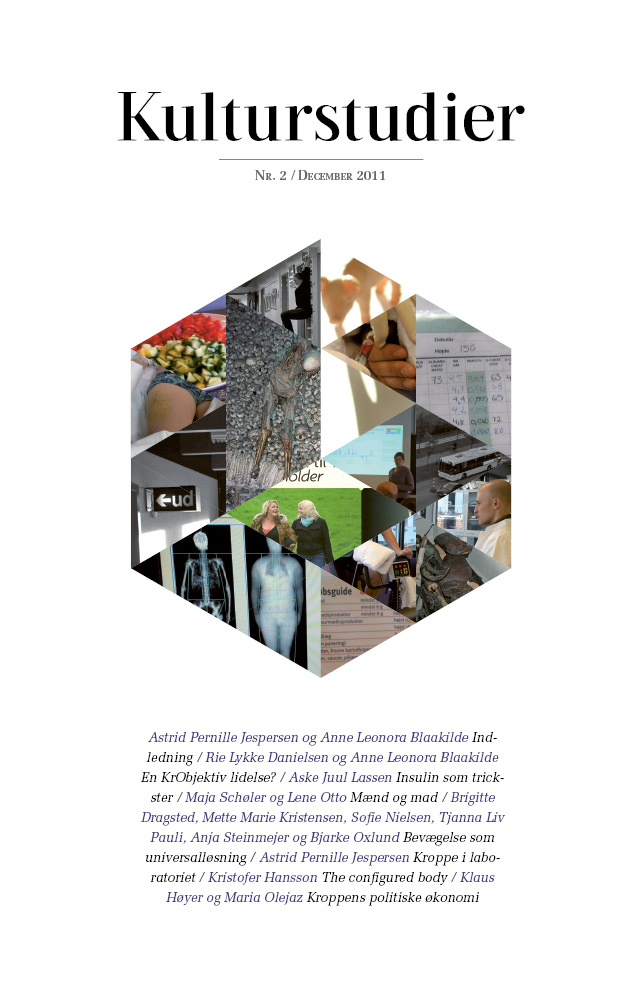The Reconfigured Body. Human-animal relations in xenotransplantation
DOI:
https://doi.org/10.7146/ks.v2i2.5791Resumé
The article explores issues concerning the reconfiguration of human and animal bodies in modern biotechnology. The examples are based on xenotransplantation: Transplantation of cells, tissue and organs from animals to humans. Three thematic issues that emerged from xenotransplantation research in Sweden in the 1990s and early 2000s are examined in the article. The first issue concerns how the pig was introduced as a donor animal in xenotransplantation and, at the same time, dehumanized in relation to what is human. Baboons and chimpanzees that had previously been used in xenotransplantation now became an ethically problematic choice, and were in stead humanized. The second issue concerns the introduction of transgenic and cloned pigs as commoditized objects. The biotechnological development reconfigured the pig’s cells, tissue and organs to become more human-like. The third issue concerns the risk that pigs contain retrovirus that could infect the transplanted patients. The human body became part of a network of both animal and retrovirus. Boundlessness between human and animal bodies appears in these three thematic phases and is analysed from a cultural perspective.
Downloads
Publiceret
Citation/Eksport
Nummer
Sektion
Licens
Artikler udgivet i Kulturstudier må ikke frit offentliggøres på egne eller institutionelle hjemmesider i deres helhed det første år. I tilfælde af, at den institution man er tilknyttet kræver publicering indenfor systemet, kan man her med fordel angive en kort sammenfatning af artiklen, og så et link til Kulturstudier, hvor artiklen ellers er frit tilgængeligt.





